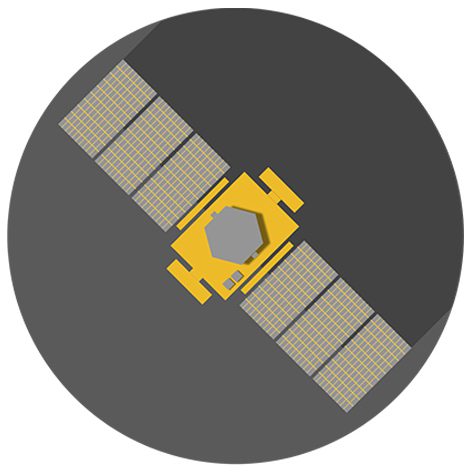Mine closure is a process undertaken when the operational stage of a mine is ending or has ended, and the final decommissioning and mine rehabilitation is being underway. Mine rehabilitation is the restoration of the post-mined landscape to the intended post-mining land use. The closure of mine sites needs to be planned as carefully as their opening. What happens at a site after it is closed is what ultimately defines its long-term impact on, and contribution to, an area’s social, economic and institutional development. An integrated approach to closure takes the environmental, economic and social considerations into account from an early stage and continues throughout a mine site’s life.
The key issues related to mine closure and rehabilitation can be listed as follows:
– Vegetation reestablishement
– Landform stability
– Acid mine drainage
– Surface & ground water contamination
Several of these issues and how they can be addressed, using satellite remote sensing, have been discussed in previous posts. In this post we will discuss how vegetation growth can be monitored during mine closure, using satellite remote sensing. This can help ensure that flora is properly reestablished post closure and also by ensuring overburden dumps are properly secured by vegetation, thus ensuring landform stability.
In the images below we see a mining site slated for closure and rehabilitation where the mine operators wants to ensure that healthy vegetation is reestablished on overburden dumps to ensure landform stability. The true colour satellite imagery of the mine site and the Normalised Difference Vegetation Index (NDVI) is seen below. NDVI provides a good indication of the presence and health of vegetation.


Regular monitoring over a period of several months helps ensure that healthy vegetation has been reestablished at desired locations. Continuous monitoring also helps ensure that if vegetation health declines are seen, early intervention is possible. Through continuous monitoring we see below that after a period of 8 months, healthy vegetation has been reestablished at most locations, except location 14.

In this way, we see that satellite remote sensing can serve as a great tool for assisting mine closures and rehabilitation.
